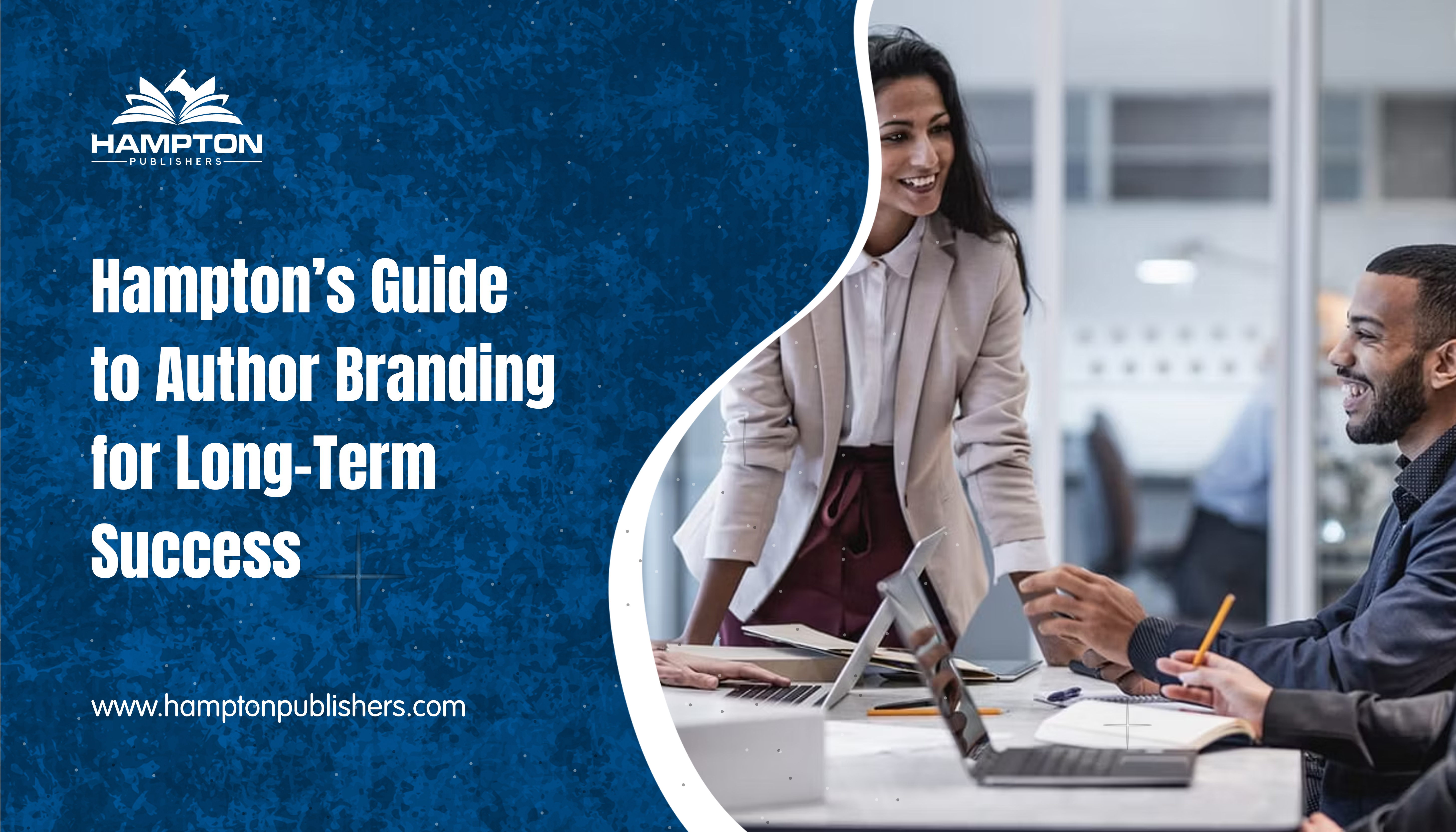How to Write a Children’s Book That Kids (and Parents) Will Love

Writing a children’s book is one of the most joyful creative journeys an author can take. It blends imagination, heart, humor, and emotional intelligence into a story that stays with young readers for years. But writing for children is not as simple as it looks, you aren’t just entertaining kids, you are also convincing parents that your book is worth bringing into their homes.
In today’s competitive publishing world, learning how to write a children’s book that connects with both audiences is essential. So whether you’re writing a picture book, early reader, or middle-grade story, this guide walks you through everything you need to create a children’s book that becomes memorable, meaningful, and marketable.
Why Writing a Children’s Book Requires a Dual Strategy
Children care about colorful worlds, fun characters, and playful storytelling.
Parents care about emotional value, educational richness, and safe themes.
The secret is to write a story that satisfies both groups at the same time.
This is where most new authors struggle. But with the right structure, you can create a book that becomes a child’s favorite bedtime story and a parent’s trusted go-to choice.
Below are the most effective techniques to help you craft a children’s book that truly stands out.
Part 1: How to Attract and Engage Children (The Fun Factor)
1. Use Simple, Playful, and Rhythmic Language
Kids respond best to words they understand instantly.
Short sentences, rhyming patterns, and repeatable lines create rhythm and keep children emotionally connected.
Examples of child-friendly lines:
-
“Zoom goes the puppy, round and round!”
-
“Wiggle, giggle, tiny mouse — bouncing through the little house!”
children’s book writing tips, simple language for kids, writing for young readers, how to write rhythmic stories
2. Build a Bright and Imaginative World
Children love colors, magical landscapes, and whimsical environments. Even if you are writing text-only, your storytelling should paint vivid pictures.
Ask yourself:
✨ What does the world look like?
✨ What makes it fun, surprising, or magical?
✨ How can I make each page feel like an adventure?
Books with strong imagery keep children engaged longer and are more likely to be read again.
3. Create Characters Kids Can Love
Children’s books succeed when the hero is unforgettable. The character doesn’t need to be perfect — in fact, quirks make them more relatable.
Give your characters:
-
A unique look (glasses, mismatched shoes, curly whiskers)
-
A strong personality (curious, shy, brave, silly)
-
A clear goal (find a treasure, help a friend, overcome a fear)
Characters with charm become long-term series material, which increases your book’s market potential.
4. Add Adventure, Curiosity, or Magic
Children thrive on wonder. Even nonfiction children’s books include elements of surprise and exploration.
Some ideas:
-
A magical talking pet
-
A hidden portal in a backyard
-
A forest full of friendly creatures
-
A tiny adventure inside a toy box
You don’t need complex magic systems just imaginative, curiosity-driven elements.
5. Consider a Gentle, Natural Moral
Kids enjoy stories that make them feel good, not lessons that feel preached.
Common moral themes include:
🌟 Kindness
🌟 Friendship
🌟 Courage
🌟 Honesty
🌟 Helping others
🌟 Trying again
If your story naturally teaches something wholesome, parents will appreciate it, and children will remember it.
Part 2: What Parents Expect (The Trust Factor)
Parents make the buying decision, so your book must appeal to their values and expectations.
1. A Positive, Healthy Message
Parents look for stories that uplift and inspire. They want books that help children grow emotionally, socially, or intellectually.
Stories with clear emotional value increase trust and long-term sales.
2. Educational or Skill-Building Elements
Parents often choose books that secretly teach something while still being fun.
You can integrate:
-
Numbers and counting
-
Colors and shapes
-
Basic vocabulary
-
Social behaviors (sharing, manners)
-
Emotional skills (empathy, confidence)
This makes your book both entertaining and developmentally helpful.
3. Repetition and Read-Aloud Flow
Parents love books they can read aloud without difficulty.
Rhyming lines, repeated catchphrases, and predictable patterns make the story enjoyable.
Repeating key lines boosts:
🎵 Memory
🎵 Participation
🎵 Vocabulary
🎵 Emotional bonding
4. Short, Structured Stories
Attention spans are limited for both kids and tired parents.
Ideal length:
📘 300–800 words for picture books
📘 1,000–2,000 words for early readers
Short, engaging stories increase re-reads, which helps the book become a family favorite.
5. Strong, Engaging Illustrations
Whether simple or detailed, illustrations help parents explain the story and children understand visual cues.
Parents prefer:
-
Crisp, colorful artwork
-
Clear expressions
-
Clean backgrounds
-
Emotion-rich scenes
Illustrations make your story marketable, giftable, and “shelf-worthy.”
Part 3: Step-by-Step Guide to Writing a Children’s Book
Step 1: Identify Your Target Age Group
Children’s books differ drastically depending on the age bracket.
| Age Group | Type of Book | Key Style |
| 0–2 | Board book | Repetition, basic words |
| 3–5 | Picture book | Simple plots, illustrations |
| 5–7 | Early readers | Short chapters, easy words |
| 7–12 | Middle grade | More complex stories |
Step 2: Build a Simple Plot Structure
Most successful children’s books follow this pattern:
-
Introduce the character
-
Show the problem or goal
-
Add fun or magical challenges
-
Resolve the conflict
-
End with a satisfying emotional moment
This structure keeps the story clear and enjoyable.
Step 3: Make Every Sentence Count
Children’s books require tight writing. Remove unnecessary words and keep ideas clear.
Step 4: Add Visual Direction for Illustrators
Even if you are not an illustrator, include notes like:
-
“Full-page spread with forest animals”
-
“Close-up of character’s face”
This helps the illustrator match your vision.
Step 5: Get Professional Editing
Children’s books require precision:
-
Grammar must be simple
-
Tone must be child-friendly
-
Vocabulary must match age level
-
Flow must be smooth
A professional ghostwriter or editor ensures your book is polished enough for publishing.
Final Thoughts
Writing a children’s book is a blend of imagination, emotional intelligence, creativity, and skill. When you combine engaging storytelling for kids with trustworthy themes for parents, your book becomes something families cherish for years.
And if you want expert support shaping your idea into a polished, publish-ready story, Hampton Publishers children’s book ghostwriting and editing services can help you craft a story that stands out in the marketplace.
FAQs
1. What makes a children’s book successful?
A children’s book succeeds when it entertains young readers while also providing emotional or educational value for parents. Clear language, lovable characters, a simple plot, rhythm, and engaging illustrations are key elements that make a children’s book memorable and re-readable.
2. How long should a children’s book be?
Most picture books fall between 300 and 800 words, early readers range from 1,000 to 2,000 words, and middle-grade books may extend up to 50,000 words depending on the complexity and target age group.
3. Do children’s books need to teach a moral?
A moral is not required, but stories with natural lessons, such as kindness, courage, honesty, or friendship are appreciated by parents and tend to resonate strongly with children.
4. How can I create characters children will love?
Focus on characters with playful personalities, unique physical traits, clear goals, and child-friendly emotions. Quirky features like funny hats, magical abilities, or expressive faces make characters easier for kids to remember.
5. What age group should I write for?
Your age group determines the vocabulary, plot complexity, and illustration style. For example:
-
Ages 0–2: Board books with simple images
-
Ages 3–5: Picture books with short stories
-
Ages 5–7: Early readers with simple chapters
-
Ages 7–12: Middle-grade stories with deeper themes
6. Do I need illustrations before publishing my children’s book?
If you’re self-publishing, illustrations are essential. If you’re querying agents or publishers, you typically submit only your manuscript and the publisher pairs you with an illustrator.
7. Can I hire a ghostwriter to help write a children’s book?
Yes. Many authors hire professional children’s book ghostwriters to develop characters, storylines, illustrations briefs, and polished manuscripts that meet publishing standards.
Related Blogs
Hampton’s Guide to Author Branding for Long-Term Success
Why Book Trailers Are the Next Big Thing in Promotion
Types of eBook Editing
Sign Up Now to Get
60% Off
Thanks for choosing us, Your publishing journey starts now.





